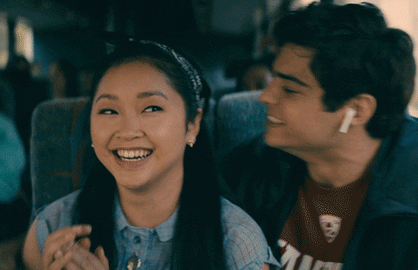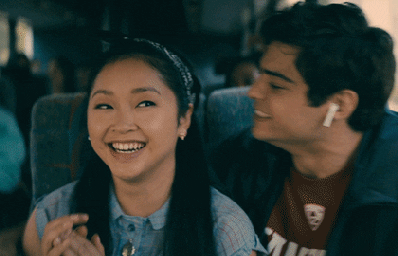As an avid reader and film student, there is nothing I love more than a well-done romance or even a good romance subplot.
However, the best romances I have ever read about or viewed are the outcome of a few specific troupes. Most people can recognize general story troupes and often even point them out in movies made by LifeTime.
Still, there is so much more to the world of tropes than businesswomen and small-town boys or vice versa. That’s why I want to share a few of my favorites and explain how they can be done well and how they can set a story up to fail.
First, we’ll start with a classic that is notoriously difficult to write due to the balance you must maintain between the characters, rivals to lovers. This troupe is often dubbed enemies to lovers; however, when using enemies to lovers as opposed to rivals, more horrible treatment can be justified, in my opinion.
To elaborate in enemies to lovers stories, one party knows that there is an imbalance of power, and they utilize it to make the other character feel small for whatever reason; in my mind, that isn’t romantic unless it is done tied in with another subplot where perhaps there is a misunderstanding.
Meanwhile, in rivals to lovers, there is no real contempt. There is no physical violence or imminent threat of danger to either party at the hands of their counterpart. Instead, there is more of an internal battle of hubris. Both parties, rivals to lovers, are trying to be the best they can be.
Often the solution to that problem and the reason it turns into a love story is that they each have a skill set the other lacks. It makes a more realistic partnership and doesn’t have the trauma and constant mistrust to trust rollercoaster that enemies to lovers often give as a plot device. This is also not to say that enemies to lovers cannot be done well.
Still, there is usually not enough reconciliation in these stories simply due to time constraints. I feel like if you can’t make the sudden flip in emotions reasonable, you shouldn’t try to turn it into a romance.
Next along the same lines is friends to rivals to lovers. This trope is severely underutilized, with its main uses tied into platonic relationships as friends to rivals to friends.
However, were this trope used in the context of romance, you get so much more emotional growth out of the characters. You get the best friends often with a slight power imbalance in their relationship until a big opportunity comes along. Suddenly the power imbalance is realized, and it’s not a problem if I want the friendship to end.
Instead, it is an issue of I need to do this myself, but you also want the opportunity. And through the course of them each trying to beat the other, they realize it isn’t the same without their friend by their side while simultaneously acknowledging that their relationship wasn’t perfect. They each needed to grow to be what the other person needed. It shows healthy emotional growth and boundary drawing. Sometimes you have to grow apart to come back together. Plus, the pining between the realization of love and the reconciliation is always just chef’s kiss.
Another trope typically used in heteronormative stories that can also be utilized in various relationship contexts is childhood best friends to lovers. I feel like this one doesn’t need an explanation, but I wanted to mention it because it’s so cute.
Now for one that I’m sure everyone has a favorite couple pairing that fits this description is the odd couple. This is sunshine in love with a storm cloud, a dog in love with the grumpiest cat, Andy and April. They have such opposite vibes that it can sometimes seem like a wonder they work out, but at the same time, you know that their differences are why they are so in love with each other. And while often it is shown that the cat needs a dog to be able to interact with other people, it is a perfectly balanced relationship. The dog helps the cat open up and makes them see that life isn’t always bad. In contrast, the cat simultaneously teaches the dog that sometimes things are bad, but hiding from them won’t change anything. The cat can also help the dog learn to instill boundaries. A characteristic often used for the happier character is a perceived naivety. The cat learns how to feel alive by being silly and embracing a different perspective. I could talk about this troupe all day, but I would love to see more of it, especially queer representation in the media.
Those are all the tropes I’ll throw at you today. But remember, life and love are never as easy as they seem, so don’t give up hope if you’re still searching. Don’t forget the greatest love stories don’t have to involve another party. Sometimes the best love you will ever receive will be from you, and I think that’s just as beautiful.


